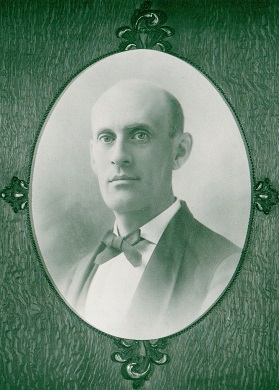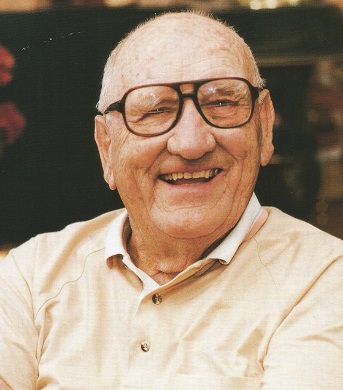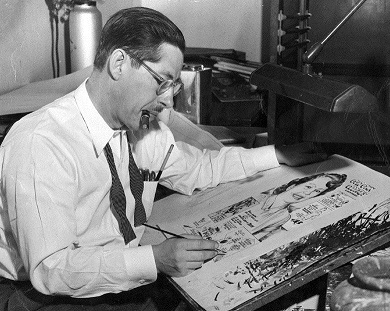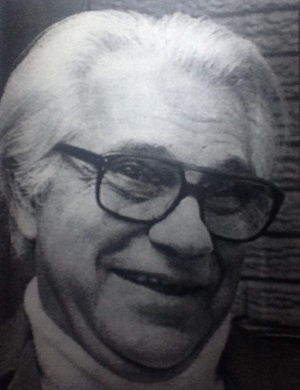Print HOF
Field, Eugene
 Eugene Field – 2013
Eugene Field – 2013
Born in St. Louis, Eugene Field lived in an era in which newspaper reporters dreamed of becoming poets and fiction writers. He reversed that process for a while. Having written his first poem at age 9, he held jobs at several newspapers following college, including city editor of the St. Joseph, Mo., Gazette, before landing a high-profile position writing a humorous column for the Chicago Daily News.
Finding success there with his “Sharps and Flats” column, he began dabbling in poetry again, publishing over a dozen volumes. Many of those works were for children, including his most-famous work, “Wynken, Blynken and Nod.”




